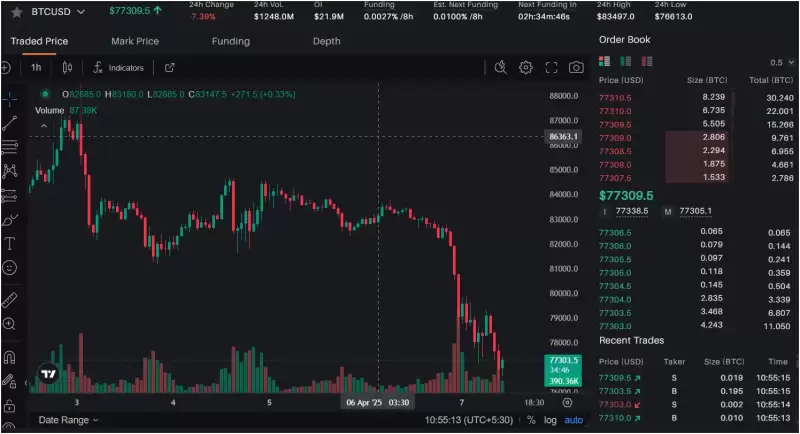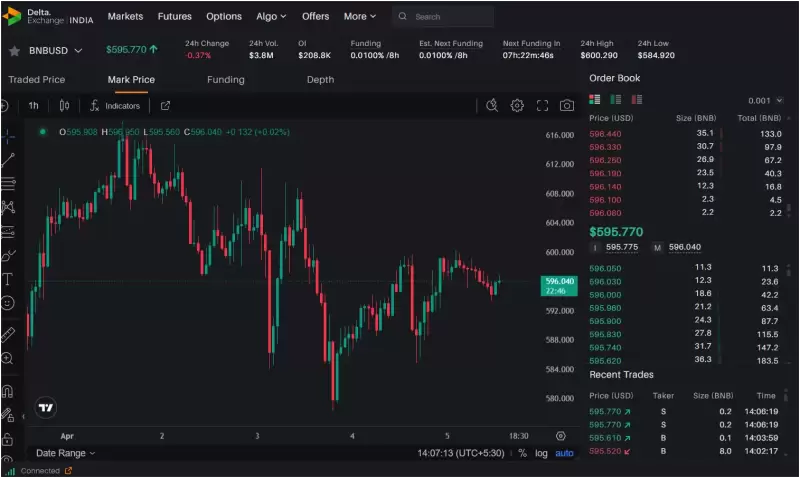 |
|
 |
|
 |
|
 |
|
 |
|
 |
|
 |
|
 |
|
 |
|
 |
|
 |
|
 |
|
 |
|
 |
|
 |
|
Cryptocurrency News Articles
Pi Network's Community-Driven Liquidity Pool (CDLP) Could Be the Key to Its Future as a Global Digital Currency
Apr 13, 2025 at 06:01 am
For years, Pi Network has sparked curiosity, questions, and speculation. Can it become a widely adopted, real-world digital currency like Bitcoin or even USD?

Can Pi Network really become a widely used digital currency, like USD or Bitcoin? And can it be achieved through the Community-Driven Liquidity Pool (CDLP) model? The emergence of CDLP is perhaps the strongest answer yet to these questions.
While most cryptocurrency projects have focused on speculative trading, aiming for huge returns on investment in the short term, most of them have struggled to maintain stability and become currencies used daily by people around the world. This lack of stability, liquidity, and real-world integration has been a significant barrier to mainstream cryptocurrency adoption.
However, Pi Network appears to be making noteworthy progress in overcoming these challenges. The project, known for its vast community and user-centric approach, is now venturing into a new phase with CDLP.
Most liquidity pools are controlled by centralized entities or exchanges, but CDLP is different—it’s fully decentralized and puts control in the hands of the Pi community. Here, users, not institutional investors or centralized actors, will decide the coin’s liquidity and ultimately its value. This community-first model is designed to foster price stability and encourage greater usability of Pi Coin in everyday life.
Both stability and real-world usability are crucial for any currency, and they are the focus of CDLP. For a currency to be used in businesses and by consumers, it needs to demonstrate stability. Without it, people won’t trust it for transactions.
Moreover, to be used in a specific country or region, the currency needs to be recognized and accepted by local businesses. This is where the lack of liquidity in most cryptocurrencies becomes an issue. If there isn’t enough liquidity in a cryptocurrency to support a large volume of transactions in a specific region, then it won’t be used in that region’s economy.
But CDLP is designed to solve both issues. Through decentralized community efforts, different chapters of Pi Network will decide how best to maintain sufficient liquidity for Pi Coin to be used in their respective regions.
The Importance of Stability and Liquidity For A Global Currency
Most cryptocurrencies, including Bitcoin and Ethereum, have gained traction due to their potential for enormous returns on investment, which has attracted the attention of many individual investors. However, this speculative nature has also resulted in extreme volatility, rendering them impractical for widespread use as a stable medium of exchange.
Enter CDLP—an innovation that challenges the traditional model. Unlike conventional liquidity pools controlled by centralized entities or exchanges, CDLP introduces a decentralized approach. It puts control in the hands of the Pi community, where users, not institutional investors or centralized actors, will directly influence the liquidity and value of Pi Coin. This community-first model promises to foster price stability and real-world usability, two critical factors that have historically been lacking in digital currencies.
The significance of this development cannot be overstated. By decentralizing liquidity and placing it in the hands of the people who use Pi, CDLP aims to solve one of the biggest hurdles faced by cryptocurrencies today: volatility. For a currency to be adopted for everyday use, it must demonstrate stability. Without it, businesses and consumers are unlikely to trust it for transactions.
Additionally, for a currency to be used in a specific country or region, it needs to be recognized and accepted by local businesses. This is where the lack of liquidity in most cryptocurrencies becomes an issue. If there isn’t enough liquidity in a cryptocurrency to support a large volume of transactions in a specific region, then it won’t be used in that region’s economy.
But CDLP is designed to solve both issues. Through decentralized community efforts, different chapters of Pi Network will decide how best to maintain sufficient liquidity for Pi Coin to be used by businesses and consumers in their respective countries and regions.
Real Businesses, Real Transactions
What’s more exciting is that Pi Coin is already making its way into the real world. Across various regions—from Southeast Asia to South America—businesses are starting to accept Pi Coin as a form of payment.
This isn’t just theoretical; Pi is already being used in the way it was always meant to be: as a currency for everyday transactions. From local merchants accepting Pi for goods and services to larger-scale adoption by online platforms, Pi is gradually becoming integrated into the global economy.
This marks a critical milestone in Pi Network’s journey. It’s no longer just a digital asset that’s mined by users around the world. It’s becoming a legitimate medium of exchange, making inroads into global commerce. The rise of CDLP adds further credence to this transition. Through CDLP, Pi Network can ensure that its liquidity is constantly adapting to real-world demand, reflecting the actual usage of Pi Coin across businesses and individuals.
Unlike many cryptocurrencies that have faced challenges in moving beyond speculative trading, Pi is showing real signs of mainstream adoption. This could be a game-changer for the entire ecosystem.
Pi’s ability to function as a stable, usable currency will depend heavily on how effectively the CDLP
Disclaimer:info@kdj.com
The information provided is not trading advice. kdj.com does not assume any responsibility for any investments made based on the information provided in this article. Cryptocurrencies are highly volatile and it is highly recommended that you invest with caution after thorough research!
If you believe that the content used on this website infringes your copyright, please contact us immediately (info@kdj.com) and we will delete it promptly.
-

-

-

-

-

-

-

-

-

- The Trump administration’s exemption on tariffs for electronics may be short-lived.
- Apr 14, 2025 at 01:00 am
- Commerce Secretary Howard Lutnick said Sunday that the White House’s decision to exempt items like smartphones, computers, and other consumer electronics from steep tariffs earlier this month was only temporary.




























































